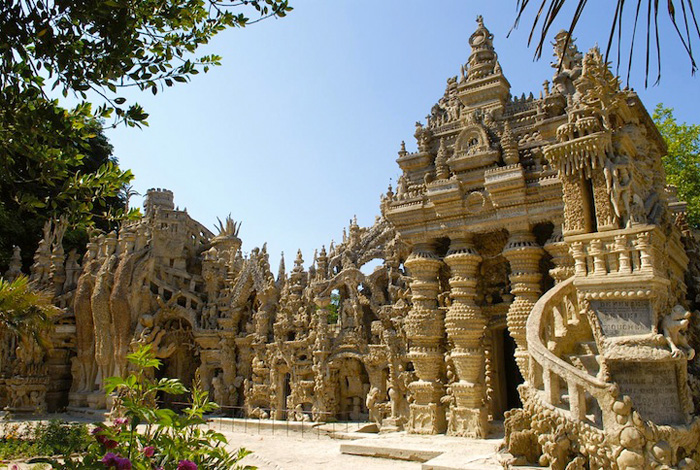The world of design received a devastating blow today with news of the death of Dame Zaha Hadid, at age 65. The world-renowned architect died suddenly from a heart attack this morning in a Miami hospital, where she was receiving medical treatment for bronchitis.
In a state of total shock, the design world weighed in on Hadid, a woman we've followed at AOC for many years.
Richard Rogers on Zaha Hadid
Speaking from Mexico, Richard Rogers, the architect of the Pompidou Centre and the Millennium Dome, told the Guardian that the news of Hadid’s death was “really, really terrible”.
“She was a great architect, a wonderful woman and wonderful person,” Lord Rogers said. “Among architects emerging in the last few decades, no one had any more impact than she did. She fought her way through as a woman. She was the first woman to win the Pritzker prize.
Jane Duncan on Zaha Hadid
Jane Duncan, RIBA’s president, said: “Dame Zaha Hadid was an inspirational woman, and the kind of architect one can only dream of being. Visionary and highly experimental, her legacy, despite her young age, is formidable.
“She leaves behind a body of work from buildings to furniture, footwear and cars, that delight and astound people all around the world. The world of architecture has lost a star today.”
Amanda Levete on Zaha Hadid
Stirling prize winner Amanda Levete said: “She was an inspiration. Her global impact was profound and her legacy will be felt for many years to come because she shifted the culture of architecture and the way that we experience buildings. When my son was very young, Zaha showed him how to write his name in Arabic. It was the moment I realised the genesis of her remarkable architectural language.
“She was an extraordinary role model for women. She was fearless and a trailblazer – her work was brave and radical. Despite sometimes feeling misunderstood, she was widely celebrated and rightly so.”
Graham Morrison on Zaha Hadid
“She was so distinct that there isn’t anybody like her. She didn’t fit in and I don’t mean that meanly. She was in a world of her own and she was extraordinary.”
Hadid was born in Baghdad in 1950 and studied mathematics at the American University of Beirut before launching her architectural career in London at the Architectural Association. The Guardian writes:
By 1979, she had established her own practice in London – Zaha Hadid Architects – and gained a reputation across the world for groundbreaking theoretical works including The Peak in Hong Kong (1983), the Kurfürstendamm in Berlin (1986) and the Cardiff Bay opera house in Wales (1994).
The first major build commission that earned her international recognition was the Vitra fire station in Weil Am Rhein, Germany (1993), but her scheme to build the Cardiff opera house was scrapped in the 1990s and she did not produce a major building in the UK until the Riverside museum of transport in Glasgow was completed in 2011.
Other notable projects included the MAXXI: Italian National Museum of 21st Century Arts in Rome (2009), the London aquatics centre for the 2012 Olympic Games (2011), the Heydar Aliyev Centre in Baku (2013) and a stadium for the 2022 football World Cup in Qatar.








